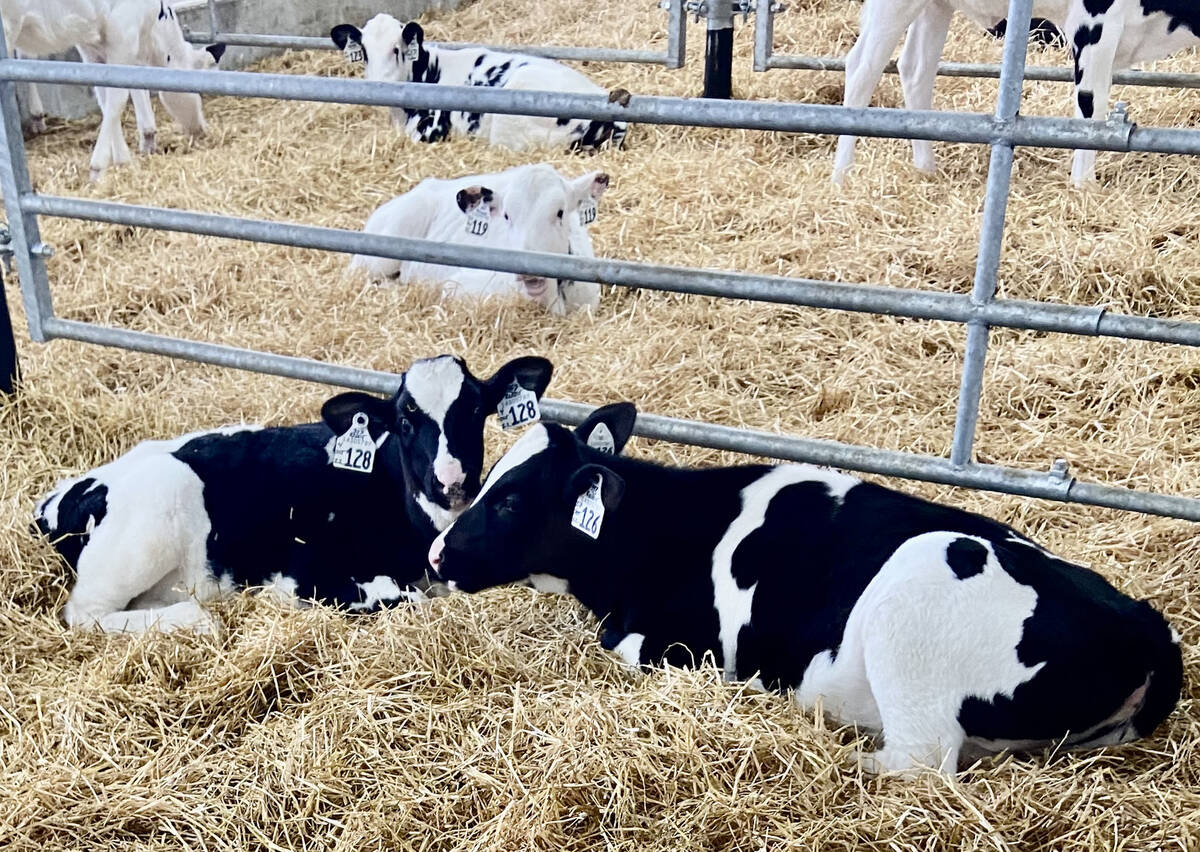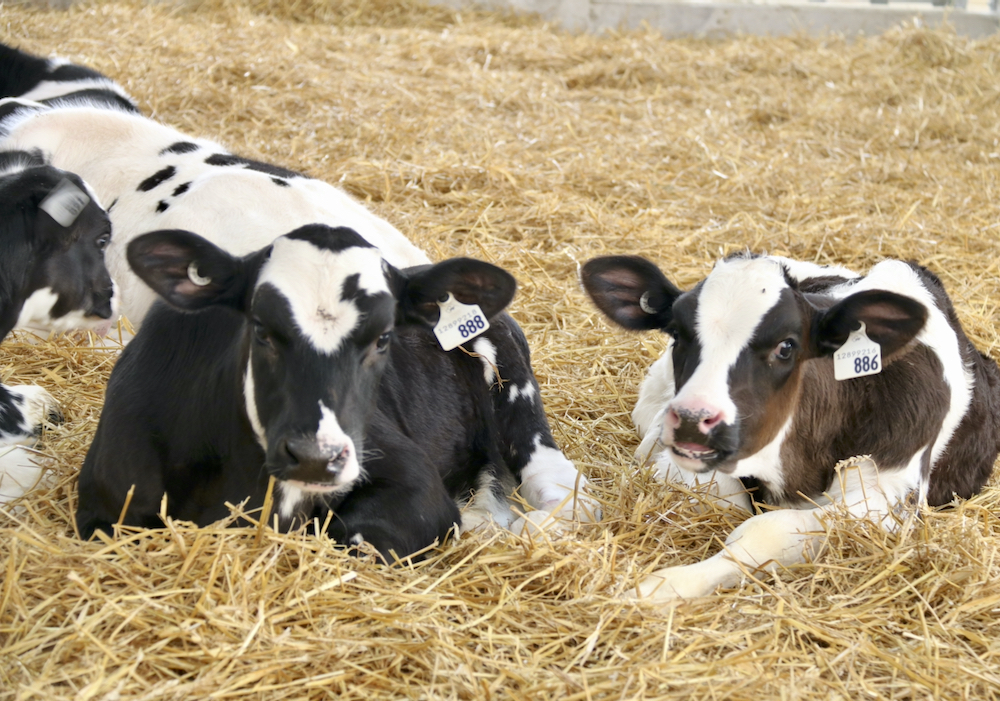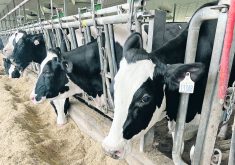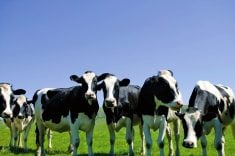Researchers say Canadian dairy farmers are doing a better job of getting colostrum to their calves and measuring to make sure those calves have absorbed enough to create passive immunity.
Now they are pushing the boundaries further on uses for colostrum and finding value in feeding transition milk.
Why it matters: Heifers that don’t receive colostrum early in life are at significantly greater risk of being less productive cows.
Read Also

Back to the drawing board for sexed semen fertility ratings
Lactanet, the national genetic evaluation and dairy data provider, goes back to the drawing board with its sexed semen fertility rating index prototype.
“The single most important thing that you can do is ensure that you give colostrum right away,” says Dr. Dave Renaud, a veterinary epidemiologist at the University of Guelph. “There’s no other magic bullet that’s out there. This is the magic bullet.”
Colostrum, the first milk from the mother just after calving, is highly nutritious for calves and also gives them passive immunity. Calves are born with no immunity.
In 2004, now-retired Guelph professor Ken Leslie studied 500 calves. About 37 per cent failed passive immunity tests and were in the poor category.
In 2019, 1,200 calves were studied and 19 per cent failed a passive immunity test.
“We’ve had improvement over time, but there’s still opportunity to improve,” Renaud said at the recent Dairy at Guelph research symposium in Elora.
“I think we deserve a little bit of a pat on the back in terms of what’s changed through time.”
Farmers are also monitoring their herds for passive immunity. A recent study showed 26 per cent of farms measure passive immunity, done by a blood test that looks for serum immunoglobulin (IgG) levels.
“I think there’s a big opportunity out there to create farm-specific data to see where you are with regards to passive immunity,” said Renaud.
Now that there’s a broader understanding of the value of colostrum feeding, researchers say the next step is ensuring calves get the best quality colostrum available, because higher IgG levels have been shown to create better immunity in calves.
The industry aims for 10 grams per litre of IgG.
“Recently there’s some data that’s come out to show that we should be striving to achieve much higher levels and get closer to this 25 grams per litre to really protect the calves against disease and protect against mortality.”
While farms have improved colostrum management, more can be done.
Renaud’s research group have looked at feeding transition milk — the milk that comes from cows after initial colostrum production — and they’ve found it can improve calf health.
There’s also power in using colostrum as a treatment for calfhood diarrhea. Havelah Carter, a student in Renaud’s research group, looked at more than 108 calves with diarrhea. They fed one group half milk replacer and half colostrum for four days. A second group was fed the same milk mix for eight days.
The results showed that calves fed the longer colostrum mix diet resolved their diarrhea two days quicker and had 100 grams more gain per day, over 56 days, than the control group. The eight-day colostrum-mix fed group showed little difference in gain to calves with no infection.
Renaud and his group plan to continue their study on the value of colostrum as a therapy for neonatal diseases.















